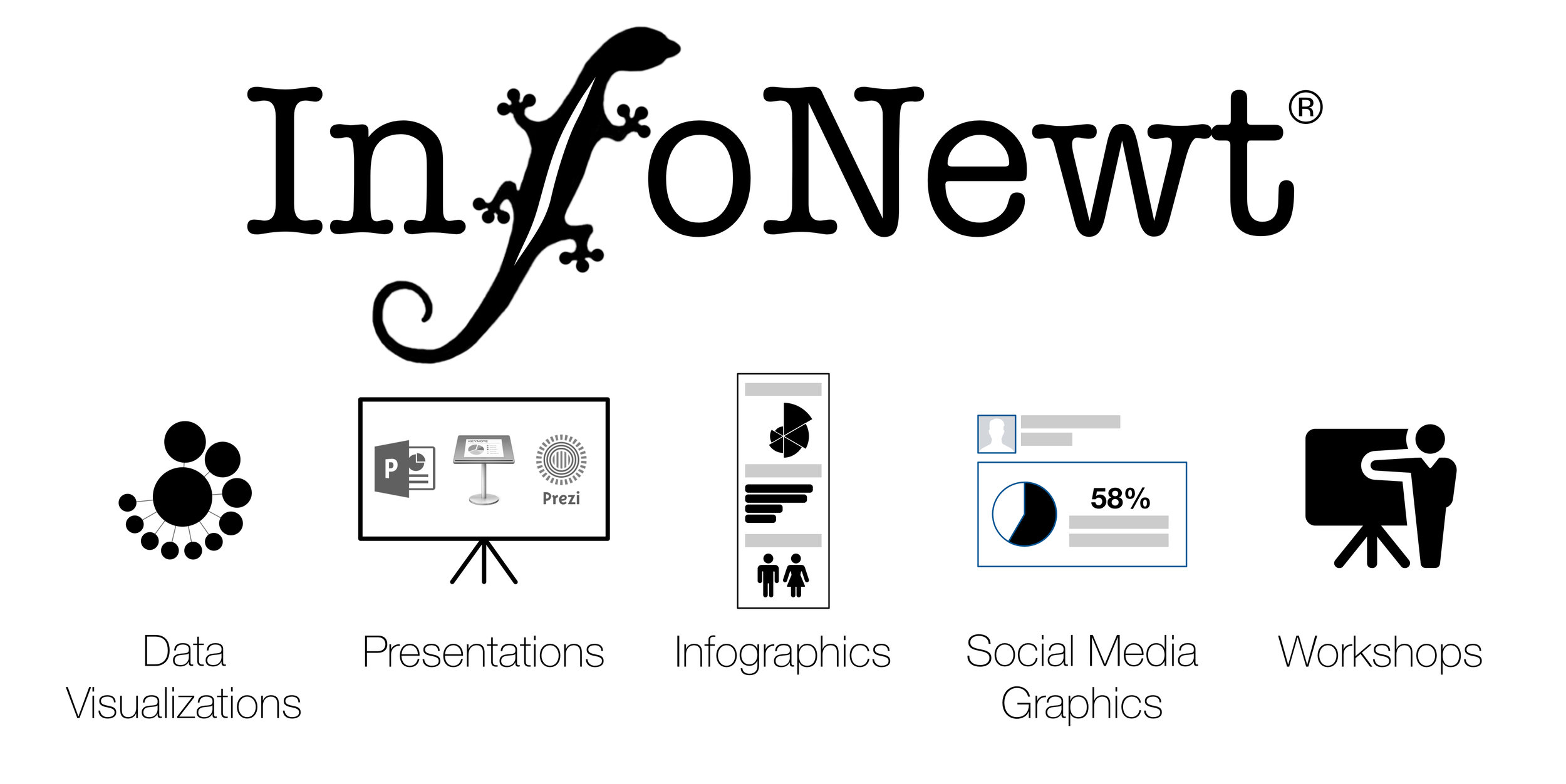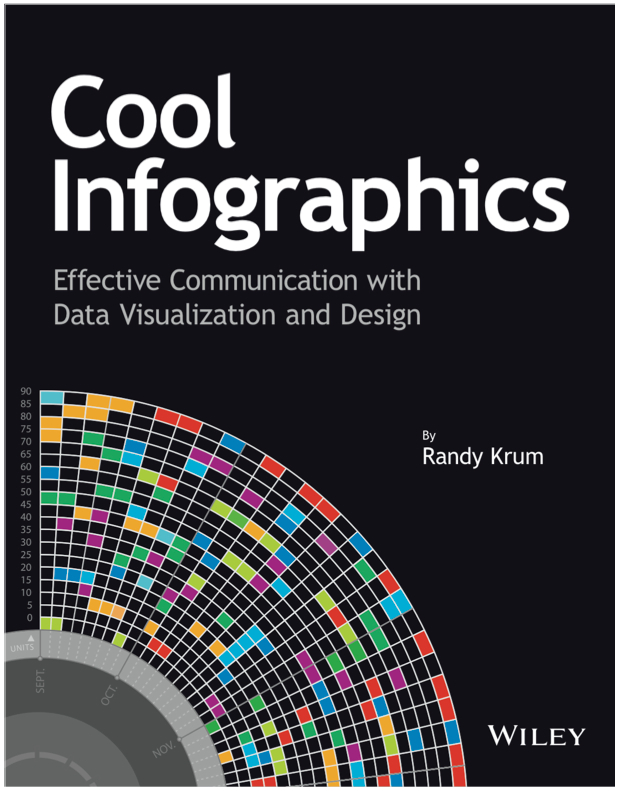How to Buy a Used Car: 12 Things You Didn’t Know About Car Buying
For some buying a used car is fun, for others troublesome. The How to Buy a Used Car: 12 Things You Didn’t Know About Car Buying infographic from Toyota Certified gives some interesting facts and tips on buying a used car.
Whether you’re in the market for a family SUV, or a sporty little two-seater just for you, buying a used car is something that most of us do at least once in a lifetime. Toyota recently did a fascinating survey that outlines 12 Things You Didn’t Know About Car Buying and found that 26% of us find the experience fun and interesting… and 52% of buyers have no idea what model they want until they step into the dealership! Check out this fun infographic that takes a closer look at America’s car buying experience and you may discover some interesting facts you didn’t know… and some helpful tips about buying your next used vehicle, as well.
Good design, and I love that Toyota Certified (the used car division of Toyota) is sharing some of their internal customer information publicly. They definitely need to do a better job citing the sources of the data, but some of these statistics are clearly based on Toyota sales numbers. Others like the “Top Brand Loyalty” that shows Toyota as #1 are suspect because no source is listed.
A few of the percentage statistics could be better visualized. A percentage is always comparing the statistical value to the total possible of 100%. So numbers like “53% of buyers prefer their first dealer interaction to be online” should be shown as a stacked bar totaling 100%. Others like “80% of people used the Internet in their car research” weren’t visualized at all, which makes them feel less important and secondary information to the audience.
Data visualization errors like the doughnut chart of the “Most Popular Colors” just hurt the brand credibility. You can’t have a pie chart or a doughnut chart that only adds up to 88%. They must total 100%!
Thanks to Belinda for sending in the link!










